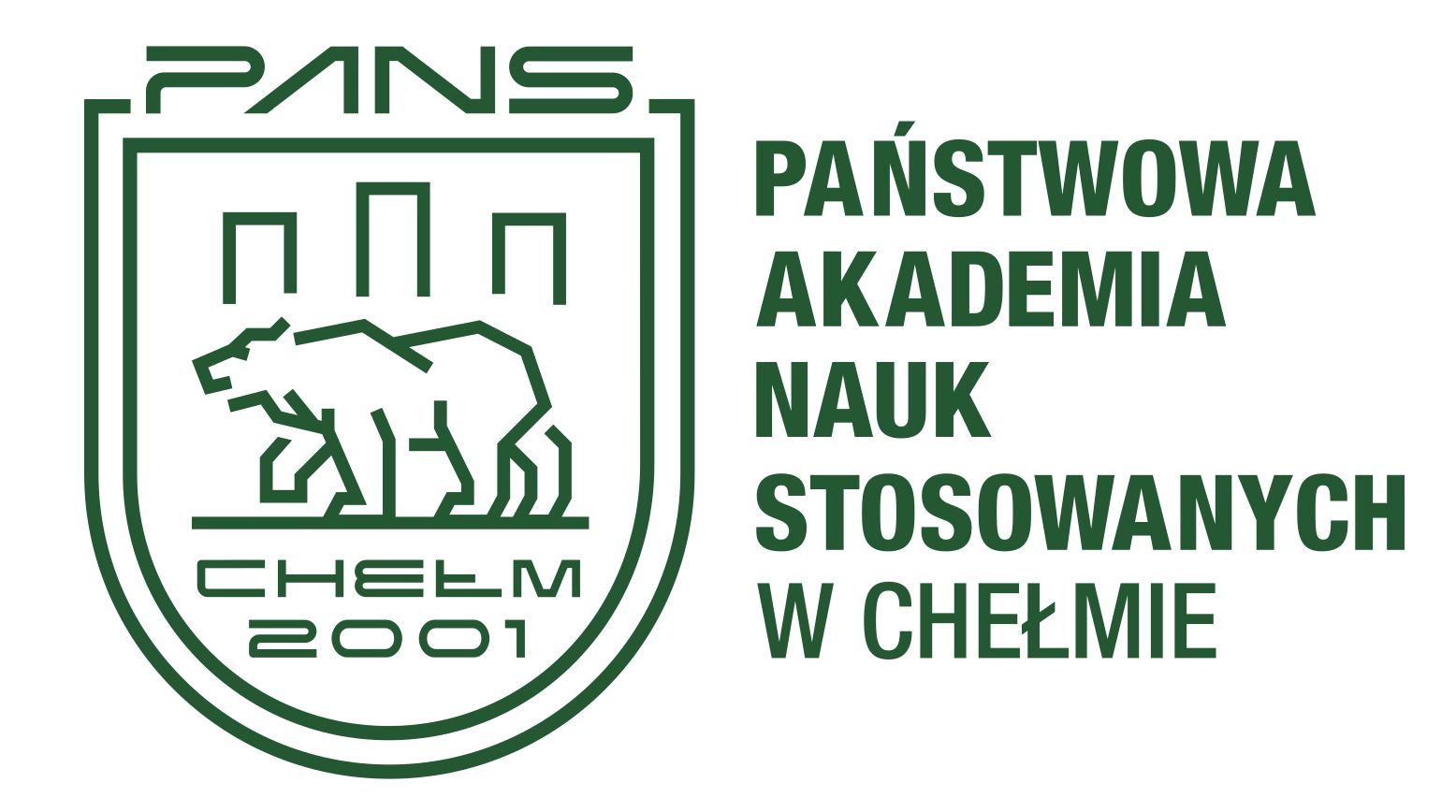Towards the Artistry of Transcending Textual Conversion
DOI:
https://doi.org/10.54515/lcp.2024.1.27-38Keywords:
linguistic competence, cultural competence, language and culture, translator/interpreter, creative communicative competence, translatory artistryAbstract
The present discussion, stressing the importance of interdependence between language and culture, somehow automatically directs our attention at the effective and expressive use of language, which is just the result of this sort of interrelationship. Undoubtedly, cultural competence combined with linguistic competence is responsible for expressiveness and thus, for success in communication.
In the course of views exchange, it becomes evident that a sensitive approach to the interpreter/translator’s task is responsible for text shaping, no matter whether its form is written or spoken. Thus, it can be concluded that the interpreter/translator’s ability to master text shaping may be viewed as an element of translatory artistry. Moreover, a sensitive approach to any text appears to be more important than interlingual rendition of the way of thinking, which is a risky process. The risk is that the so called mind-reading may result in misinterpretation and falsification due to the interpreter’s fraudulent changes in the message.
References
Brown, E.K. & Miller, J.E. (2012). Syntax: Generative Grammar. Johannesburg: Hutchinson Group (SA), Ltd.
Chomsky, N. (1965). Aspects of the Theory of Syntax. Cambridge, MA: MIT Press. DOI: https://doi.org/10.21236/AD0616323
Everett, D. L. (2018). Język – narzędzie kultury. Kraków: Copernicus Center Press.
Fornalczyk-Lipska, A. (2021). Translators of children’s literature and their voice in prefaces and interviews. In: K. Kaindl, W. Kolb, D. Schlager (eds). Literary Translator Studies. John Benjamins. DOI: https://doi.org/10.1075/btl.156.09for
Głowiński, M., Okopień-Sławińska, A. & Sławiński, J. (1967). Zarys Teorii Literatury. Warszawa: PWSZ.
Halliday, M. (1973). Explorations in the Functions of Language. London: Edward Arnold.
Hymes, D. (1972). On communicative competence. In: J. Pride & J. Holmes (eds). Sociolinguistics. Harmondsworth, UK: Penguin Books.
Leslie, A.M. (2001). International Encyclopedia of the Social & Behavioral Sciences. Amsterdam, Paris…: Elsevier.
Perrine, L. (1983). Literature: Structure, Sound and Sense. New York: Harcourt Brace Jovanovich, Inc.
Premack, D. & Woodruff, G. (1978). “Does the chimpanzee have a theory of mind?”. In: Behavioral and Brain Sciences, no 1 (4). DOI: https://doi.org/10.1017/S0140525X00076512
Wadensjö, C. (1998). Interpreting as Interaction. London/New York: Longman
Webster’s Encyclopedic Unabridged Dictionary of the English Language (1989). New York: Portland House.
Zygmunt, T. (2017). “Language in Discourse”. In: Language, Culture, Politics: Internation Journal, vol. 1.











